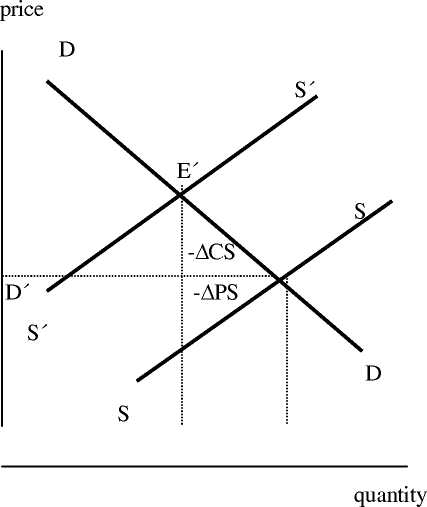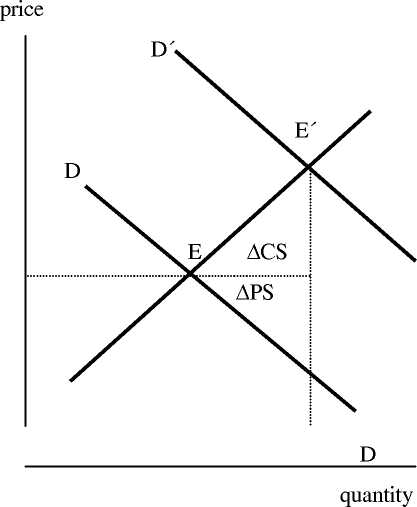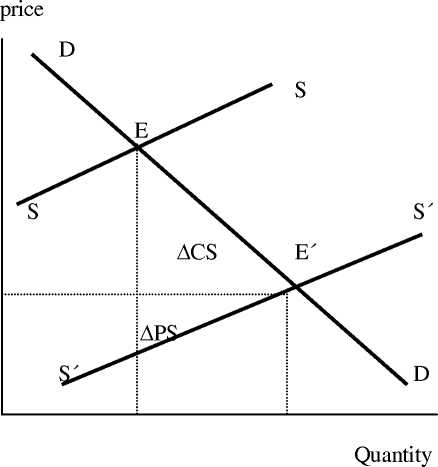26
are weak and producers strong, the benefit of the demand price subsidies are shifted from consumers to
cultural producers.
Figure 1: Incidence of different types of government intervention in the cultural sector
(a) Granting monopoly power
(b) Cutting demand taxes or
granting demand subsidies


(c) Cutting supply taxes or giving tax incentives for supply

Key: ∆CS and ∆PS refer to the change in the consumer surplus and producer surplus, respectively.
More intriguing information
1. On the origin of the cumulative semantic inhibition effect2. Integrating the Structural Auction Approach and Traditional Measures of Market Power
3. A Rare Presentation of Crohn's Disease
4. The name is absent
5. Eigentumsrechtliche Dezentralisierung und institutioneller Wettbewerb
6. Trade Liberalization, Firm Performance and Labour Market Outcomes in the Developing World: What Can We Learn from Micro-LevelData?
7. THE WELFARE EFFECTS OF CONSUMING A CANCER PREVENTION DIET
8. On Social and Market Sanctions in Deterring non Compliance in Pollution Standards
9. Dementia Care Mapping and Patient-Centred Care in Australian residential homes: An economic evaluation of the CARE Study, CHERE Working Paper 2008/4
10. The name is absent